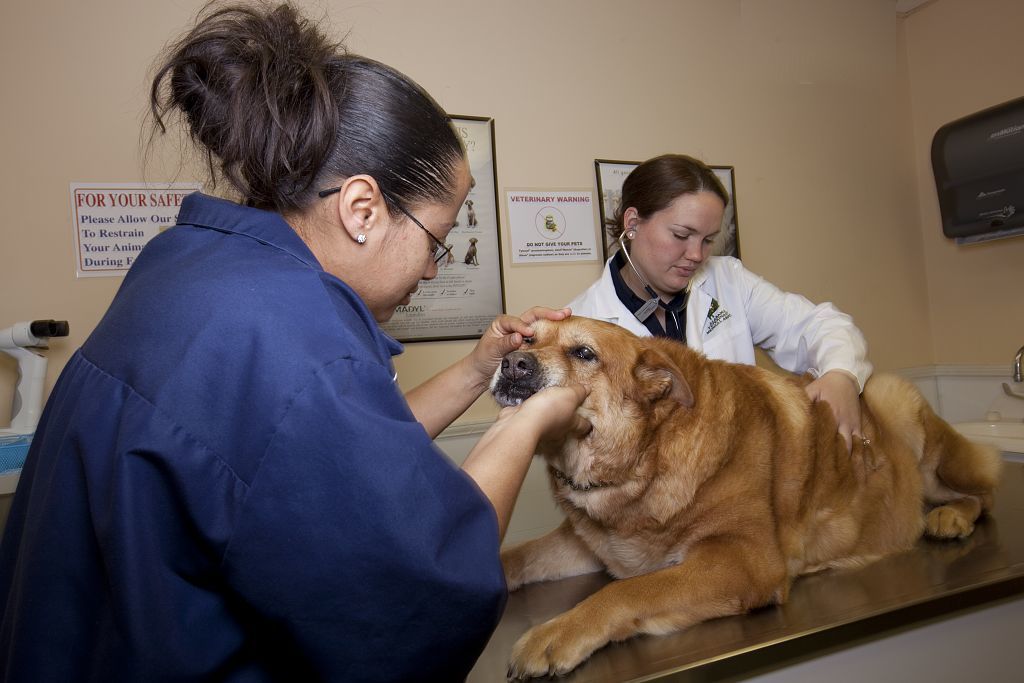This post contains affiliate links, we'll earn compensation if you make a purchase using them at no additional cost to you 😊
Many dog parents panic after seeing their beloved pup in pain and look for home remedies online by searching for how to treat a limping dog at home.
If you are also one of those parents, we are here to help you!
Moreover, to look at the matter generally, Dogs also face medical issues just like us humans. Even though most limps require veterinary attainment, Dogs can also be treated from home if given proper medical care.
So, without holding you back from treating your pup, let’s get into the details.
How Can You Treat a Limping Dog at Home?
Although some limping will stop by itself, it’s generally recommended that you consult your veterinarian before deciding how to care for a limping dog at home.
The first measure of treatment to reduce the pain and inflammation will be rest. Also, medicine can be given if he senses a sprain, strain, joint pain, or another mild issue.
Administering pain treatment with medicine or any ointments at home might be helpful. However, confirming that each method is safe for dogs first is critical.
1. Consult your veterinarian about safe painkillers

You might wonder if you can give your dog a human painkiller when studying how to treat a limping dog at home.
Sadly, the response is no. Generally, many human medications, especially NSAIDs like ibuprofen and aspirin, are harmful to dogs.
Amantadine, one of the safest relievers for dogs, can successfully lessen pain and swelling. Your veterinarian can write you a prescription.
2. Consult your vet for a cream or ointment
Gently bathe the foot and leg of your dog in warm water, adding ordinary Epsom salts to minimize swelling.
The velocity of the water will aid in fostering healing by improving circulation. Apply some antibiotic ointment to the leg after gently drying it with a cloth.
Dog antibiotic creams that contain neomycin or bacitracin may be an excellent choice. Both of these should be discussed with your veterinarian before use.
3. How Can I Guide and Help My Dog Who Is In Pain?

You could ensure your dog is as comfortable as possible by providing him with a cushy couch or bed wrapped in soft blankets. Shower your dog with attention and care, along with his favorite foods and toys.
To keep your dog as healthy as possible until he heals, you might want to avoid giving him too many treats; just be sure to feed him a balanced diet.
Given that he’ll probably want to go for a stroll, it could be better to limit exercise for a few days while concentrating on easing pain and inflammation.
What Leads to a Dog Limping?
Limping develops when one or more of the leg’s bones, tendons, ligaments, skin, and nerves are damaged or found to be ineffective.

Some limps have an obvious explanation. A broken bone or dislocated joint may cause edema and cause the limb to dangle awkwardly.
Red, wet lesions indicative of interdigital pyoderma (skin infection) will be visible between the toes.
Severe infections like abscesses manifest as warm, moveable, squishy lumps under the skin. It is possible for injuries to joints, nerves, muscles, and ligaments to go unnoticed on the outside.
How Severe Is a Limp?
In order to provide first aid, one must first examine the limp because some limps are more severe than others.
Observe your furry friend as they walk. Which leg is limping—the front or back, right or left? Does your dog balance on the limb while standing straight or drags it when moving?
Furthermore, knowing a timeline is the second stage to follow. In this stage, you will understand – When did the limp become visible to you? Or Was it a sudden eruption, or did it develop gradually?
Gradual Onset Vs Sudden limping In Dogs
There are two types of limping in dogs i.e., gradual onset and sudden limping. In gradual Onset, limping grows slowly over time, usually a sign of degenerative conditions such as arthritis.
Sudden limping is usually caused due to an injury or trauma, such as injury to the paw pad or broken limp.
Sometimes, serious injuries will cause your dog discomfort or pain. But if your dog is not in pain, observe them for 24 hrs and see if the condition is getting better or worse, and if it is getting worse, call your vet immediately.
Related Reads:
Conclusion– Treat A Limping Dog At Home
If you observe him limping on any one of his legs for no obvious cause, your dog may have a minor injury, like a spike stuck in his paw or a minor muscle sprain.
Although a sprain is more severe than a simple strain, most dogs recover fully from injured legs.
Call your veterinarian for help if you have any concerns about the seriousness of his limping.
Alternatively, use these guidelines to learn how to treat a limping dog at home by providing him with comfort and safety.
FAQs
When you offer some at-home treatment like a brace, limping may occasionally stop on its own. Other times, limping could be a sign of a more severe injury or illness that needs veterinary care.
Veterinary care is necessary for all potential causes of less acute lameness in dogs, including osteoarthritis, hip dysplasia, bone inflammation, ligament disorders, and infections.
In dogs, limping or lameness can indicate anything from a slight bump or foreign object in the paw to a severe injury or illness.
Also, if your dog occasionally limps, it could be because of joint pain, which is typical in elderly dogs, or it could just be because your dog can hide pain well.
Depending on your vet, the price of an office visit ranges from $50 to $250 when you visit him or her.


